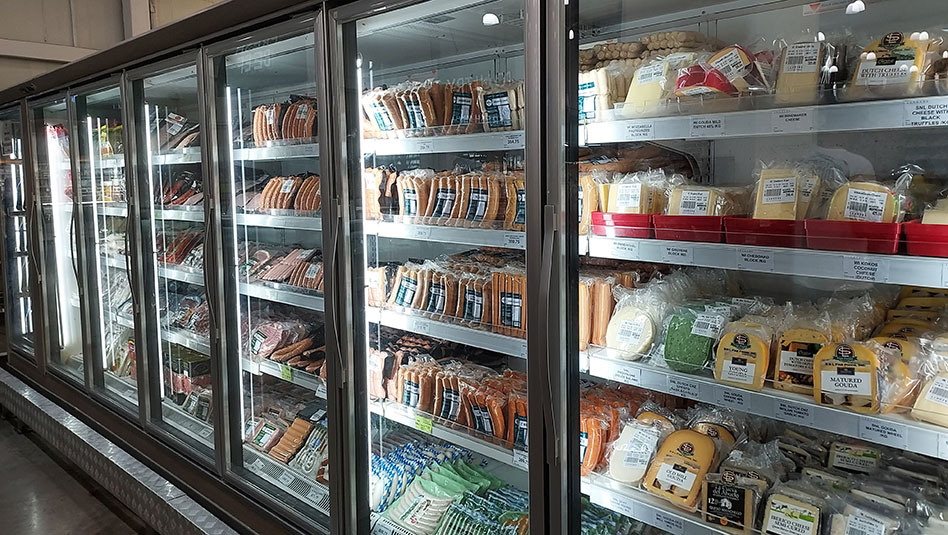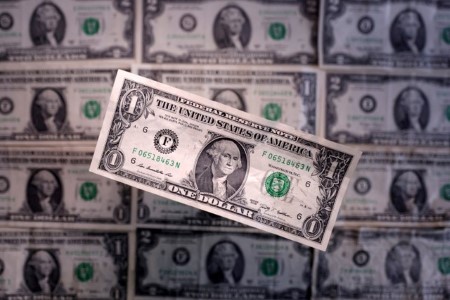




Policy Rate Updates: Double cut finale
 DOWNLOAD
DOWNLOAD

Monthly Economic Update: One for the road
 DOWNLOAD
DOWNLOAD

Inflation Update: Still low, still slow
 DOWNLOAD
DOWNLOAD


Yields fall to three-week low as economic data weakens

Benchmark 10-year US Treasury yields fell for the sixth consecutive day to a three-week low on Tuesday after data showed that US job openings dropped sharply in March while consumer confidence hit an almost five-year low.
Job openings, a measure of labor demand, decreased 288,000 to 7.192 million by the last day of March, though a decline in layoffs suggested that the labor market remained on solid footing.
US consumer confidence slumped in April as growing concerns over tariffs weighed on the economic outlook.
“The data just generally is getting weaker,” said Tom di Galoma, managing director at Mischler Financial Group. “That’s one of the main reasons why the markets are pointing towards lower rates.”
Investors are focused on data this week for guidance on the health of the economy, with weaker readings likely boosting bets that the Federal Reserve is closer to cutting rates.
Friday’s jobs report for April is expected to show that employers added 130,000 jobs during the month. The advance estimate of gross domestic product for the first quarter due on Wednesday is also expected to show a sharp slowdown to 0.3%, from 2.4% in the fourth quarter.
The US trade deficit in goods widened to a record high in March as businesses ramped up efforts to bring in merchandise ahead of Trump’s tariffs, suggesting trade was a large drag on economic growth in the first quarter.
Fed funds futures traders are pricing in 65% odds of an interest rate cut by June, according to the CME Group’s FedWatch Tool. Fed officials are in a blackout period ahead of the May 6-7 meeting, when traders see only an 8% chance of a rate cut.
Falling commodity prices, including oil, may also make it more likely that the US central bank is closer to cutting rates.
“Oil is dropping and commodities just generally seem to be dropping, and I think that that’s a favorable outlook for inflation,” di Galoma said.
The yield on benchmark US 10-year notes was last down 3.5 basis points at 4.181%, the lowest since April 8.
The 2-year note yield, which typically moves in step with interest rate expectations, fell 2.1 basis points to 3.664% and reached 3.648%, the lowest since April 7.
The yield curve between two-year and 10-year notes was last at 51.5 basis points.
Market participants remain nervous about the impact of tariffs, though the market has stabilized from a sharp selloff earlier this month after US President Donald Trump announced larger than expected levies on trading partners.
Most of these increases have been delayed until July 9, and investors are hopeful that the US will reach trade deals before the pause period lapses.
Trump will sign an order on Tuesday giving automakers building vehicles in the US relief from part of his new 25% vehicle tariffs to allow them time to bring parts supply chains back home, Commerce Secretary Howard Lutnick said.
Lutnick also said that Trump’s administration has reached one trade deal already and is waiting for approvals from that country before announcing it.
US Treasury Secretary Scott Bessent said on Tuesday that China could lose 10 million jobs quickly due to tariffs and that Beijing will see over time that Chinese tariffs are not sustainable.
The Treasury is expected to keep auction sizes steady when it announces its refunding plans for the coming quarter on Wednesday. Traders will focus on any guidance about future auction size increases.
(Reporting By Karen Brettell; Editing by Tomasz Janowski and Will Dunham)
This article originally appeared on reuters.com





 By Reuters
By Reuters